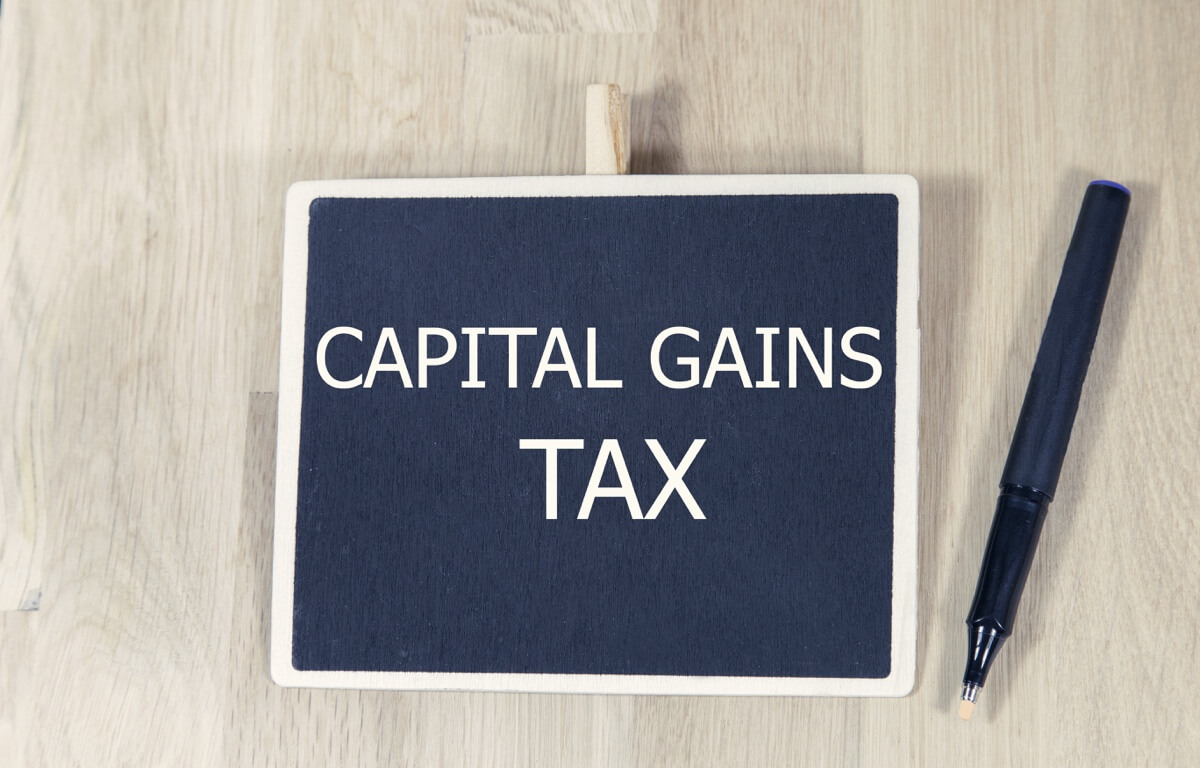Your guide to Capital Gains Tax planning
Capital Gains Tax is the tax you pay when you sell or ‘dispose of’ an asset. It’s the gain you make on any increase in value that’s taxed, not the amount of money you receive and careful planning of any disposal is required in order to avoid a potentially significant tax liability.
As a result, it’s important to understand the tax allowances and rates for Capital Gains Tax (CGT) so that you can take advantage of:
- the short term opportunity of using your annual exemption and any gain taxed at the lower rate (if you are a basic rate taxpayer) which are both available on a “use it or lose it” basis; and
- the longer term opportunity for lifetime liquidity events such as selling your business and benefiting from the lower rate of Capital Gains Tax of 10% under either Entrepreneurs’ Relief or Investors’ Relief.

CGT annual exemption
The CGT annual exemption for every individual was £11,700 for 2018/19 and is £12,000 for 2019/20. This cannot be carried forward and so for 2018/19, the £11,700 had to be used on or before 5 April 2019. Selling investments, such as shares or unit trusts, standing at a gain may use your annual exemption.
CGT rates
Capital gains in excess of the annual exemption are taxed as follows:
- 10% if the gain is within an individual’s basic rate band and
- 20% for gains above the basic rate band
For residential property and private equity, the 10% rate becomes 18% and the 20% rate becomes 28%.
There are two specific types of disposal which potentially qualify for a 10% rate, both of which have an individual lifetime limit of £10 million each as follows:
- Entrepreneurs’ Relief (ER). This is targeted at working directors and employees of companies who own at least 5% of the ordinary share capital in the company and the owners of unincorporated businesses (but this also applies in other circumstances).
- Investors’ Relief (IR). The main beneficiaries of this relief are external investors in unquoted trading companies who acquire newly-subscribed shares.

Your Capital Gains Tax Planning
In planning any disposal, there are a number of different approaches you may wish to consider in order to mitigate any tax liability. In this post, we outline nine of the options that may be available to you:
1 Retaining your assets
If you wish to retain your investment, selling to your ISA is a way of using your annual exemption. So is your spouse or civil partner buying back through the stock market the shares you have sold. Repurchasing a similar investment or repurchasing the asset after more than thirty days have elapsed is also a possibility.
2 Spouses and civil partners
Transfers of assets between married couples or civil partners are treated for tax purposes as occurring at a value which produces neither a gain nor a loss such that the donee inherits the donor’s base cost for capital gains tax.
If assets standing at a capital gain are transferred to your spouse or civil partner and are then sold, they should be able to use their annual exemption or brought forward capital losses against the gain realised.
3 Realising capital losses
If you realise capital gains during the course of the year, you should also consider realising any assets standing at a capital loss.
If your investments are held by more than one investment manager or you have personal holdings too, you will need to consider the overall position and not just let each investment manager consider their portfolio in isolation.
4 Assets gifted to charity
Relief from both income tax and capital gains tax can be obtained on gifts of listed shares and certain other investments or land and buildings to charity. This tax relief is given as a deduction from total income and is potentially very valuable as any gain arising on the gift of the asset is also exempt from capital gains tax and the gift is also exempt for inheritance tax purposes.
5 Main residence elections
Where an individual acquires two or more residences which they occupy as their home, it is necessary to consider which of these homes will qualify for exemption from capital gains tax as the main residence. This can be decided either as a matter of fact or by the making of an election. The election has to be made within two years of first having two or more properties available, or on any change in the number of properties available, or on making a previous main residence election. In practice, an election should always be made if you want certainty of which property qualifies for the exemption.
6 Negligible value claims
An asset you still own may have become worthless and, if so, you can claim the capital loss arising on the asset for capital gains tax purposes. If the asset comprises shares in an unquoted company with a UK trading business, it may be possible to offset the loss against your income.
The claim can be backdated by up to two years, so the time limit for making a claim for a worthless asset in 2017/18 is 5 April 2020 but the claim can also be made for losses to be recognised in the current year.
7 Payment date
Capital gains tax is payable on 31 January following the end of the tax year in which the disposal took place. By delaying a sale until after 5 April, you give yourself an extra twelve months before the capital gains tax has to be paid.
It should be noted from 6 April 2020, new reporting and payment requirements are being introduced for residential property gains. Within 30 days following completion of a sale, the return and payment of the tax due will have to be made to HMRC.
8 Investing for capital growth
There remains a significant difference between the additional rate of income tax of 45% and the normal top rate of capital gains tax of 20%. This difference is even greater if Entrepreneurs’ Relief is available to reduce the capital gains tax rate to 10%.
9 Liquidations
Generally, any distribution in a liquidation is charged to capital gains tax subject to certain anti-avoidance legislation. If Entrepreneurs’ Relief is available, the tax rate is 10%, otherwise it will normally be a tax rate of 28%.
Certain distributions in a liquidation will be charged to income tax as dividends, at tax rates of up to 38.1%. In broad terms, the conditions have the effect of catching individuals who have successive companies or businesses carrying on the same or similar activity.
Do you need help with your CGT planning?
If you are considering a disposal or think you may be affected by any of the above, we recommend you take professional advice. You can contact a member of our team today on 020 3195 1300.


